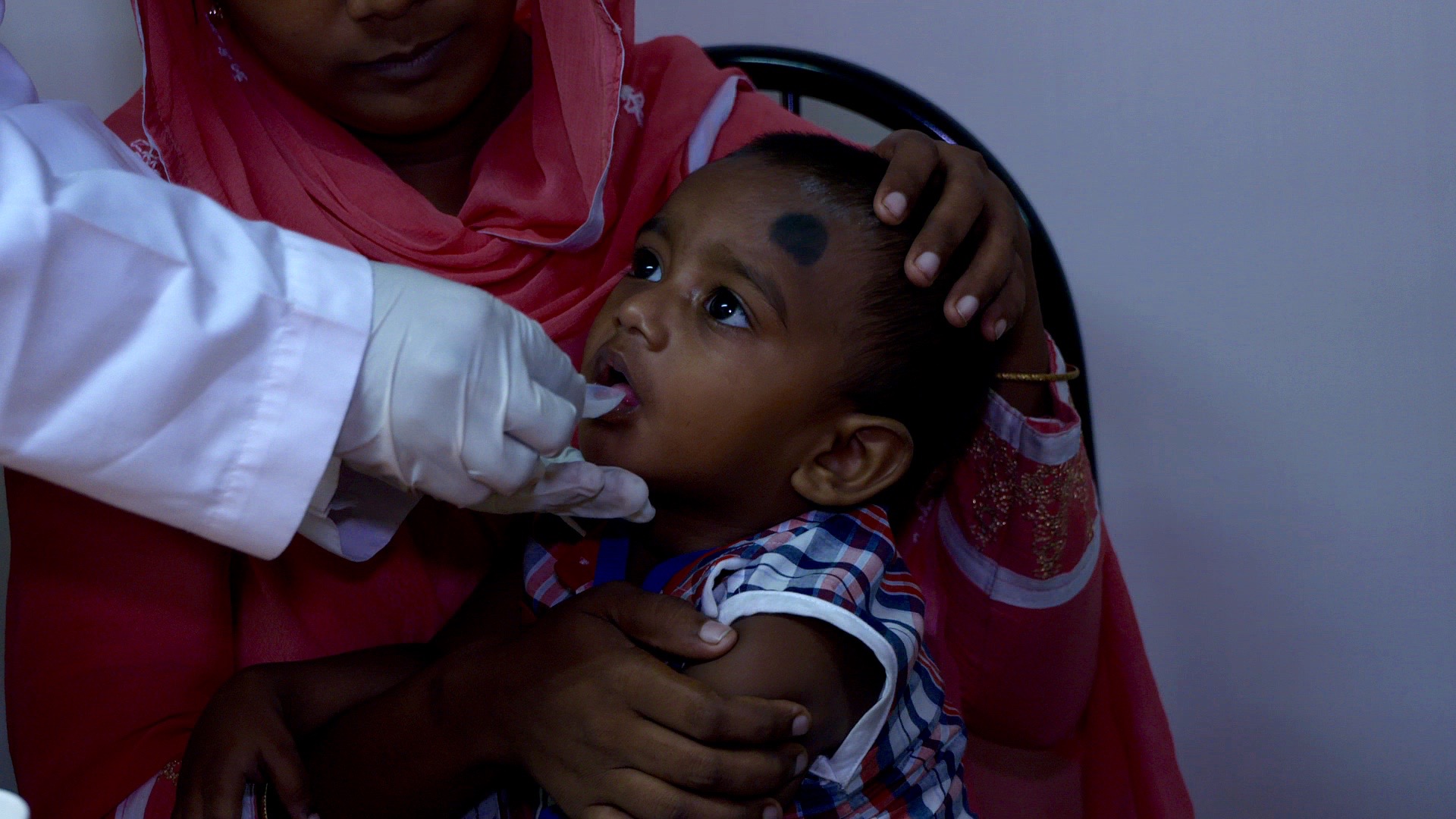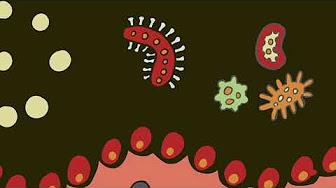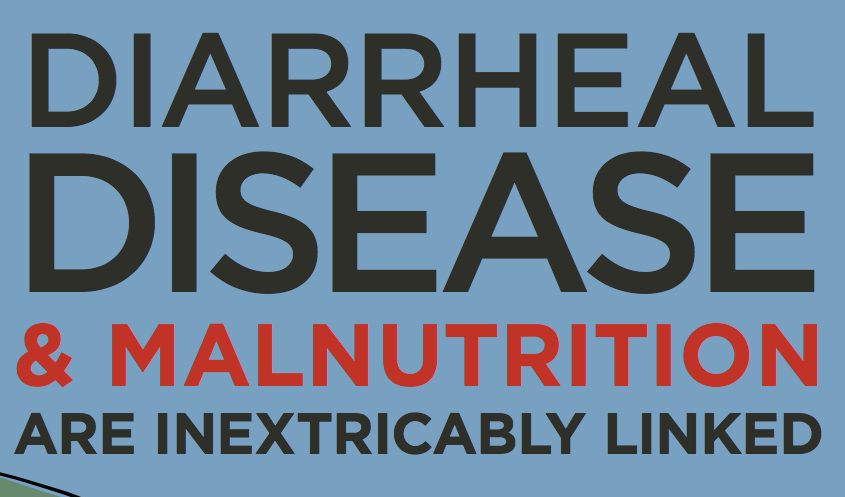Going straight to the source for vaccine research
|
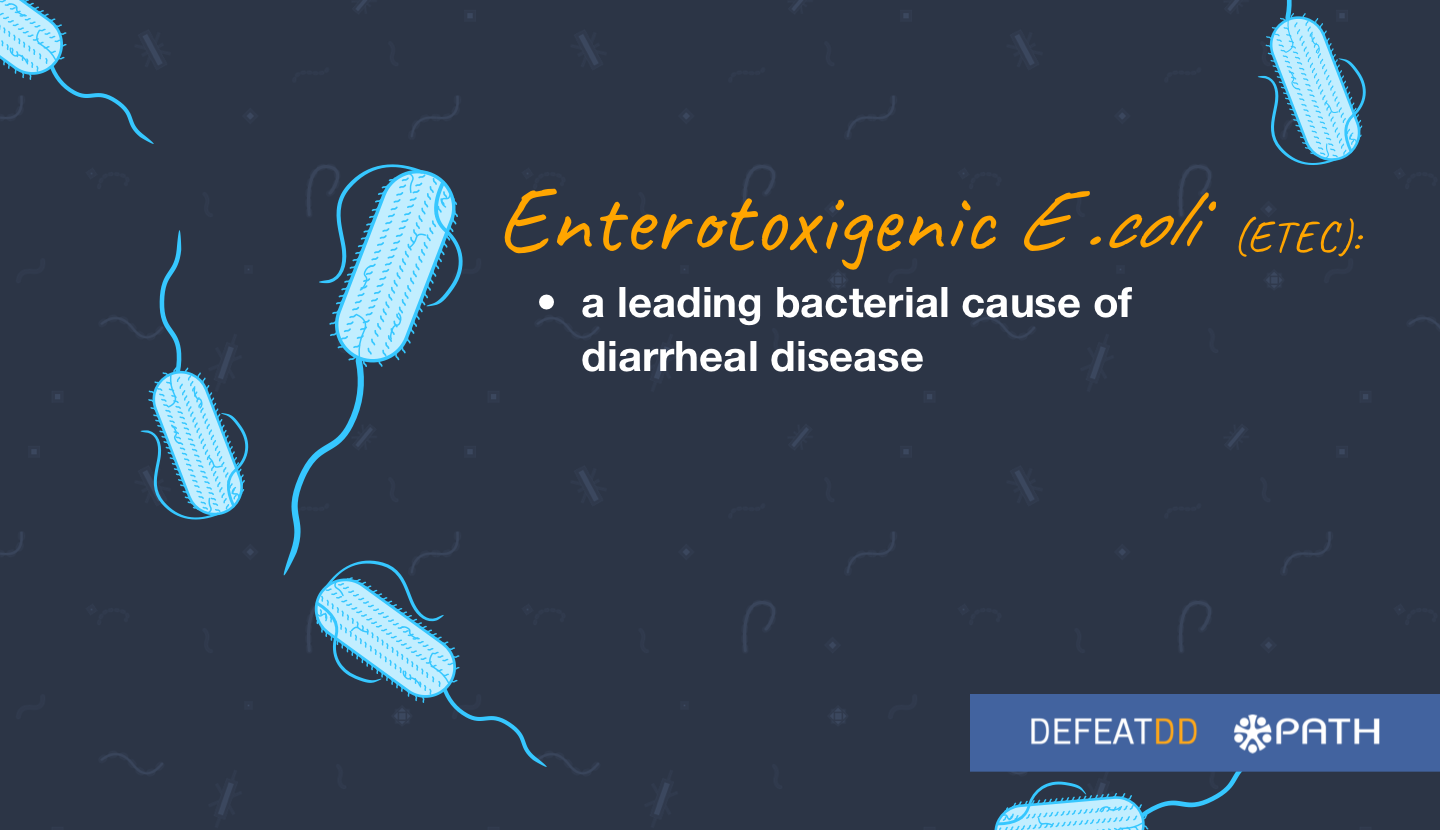
You might be more used to seeing the shorthand abbreviation for ETEC, one of the leading bacterial causes of diarrhea. The 13-syllable mouthful is a lot to digest: Enterotoxigenic Escherichia coli. I can tell you that it is a mouthful in Finnish, too.
There is currently no vaccine against ETEC, and we’re working to change that. While a vaccine to protect against ETEC would be welcome news to globetrotters who want protection against traveler’s diarrhea, our objective in researching this vaccine is to prevent death and disability in children that ETEC causes, primarily in poor settings. This objective has, in fact, proven to attract many participants to our study to contribute to this great goal and at the same time enjoy an unusual side benefit: a two-week stay in the beautiful fishing village Gran Popo, in Benin, Africa at a subsidized rate. The risk of contracting diarrhea did not deter participants, either.
Finland to Benin certainly seems like a long way to travel for a study that on the surface could have just as easily happened in Helsinki: dosing half of the participants with the vaccine and half with a placebo, and collecting stool and blood samples for analysis. Why in Benin?
The primary goal of our study in Benin is to test if this vaccine can be tolerated by such large group of travelers and if it can elicit a good immune response. Our second goal is to see if the vaccine will protect the travelers against moderate / severe form of ETEC diarrhea.
In order to study a diarrheal vaccine, you need to find volunteers who live in hygienic environments and have thus not had a chance to develop an intestinal immune defense against the diarrheal agent. These volunteers are then exposed to diarrheal bacteria either experimentally or in natural conditions.
We chose to conduct ETEC vaccine research in Grand Popo, Benin, for two reasons: firstly, our earlier studies had shown that diarrhea is quite commonly contracted by travelers to Benin and that ETEC was among the most common causes of the disease. Secondly, I knew that that the Finnish-African cultural centre, Villa Karo, operates in Benin and could help us through a huge number of practical matters. I called the funder of Villa Karo, novelist Juha Vakkuri, and received his buy-in. In November 2015, our team traveled to the beautiful village of Grand Popo for one week planning and discussing under the African sun. By then we were all convinced: this will be the site!
So far, more than 200 volunteers have visited Grand Popo. It has been a great joy for the study personnel to see how much the volunteers have enjoyed their trip: being together, getting to know the West African culture, enjoying the 45 kilometer beach in front of the village, bright stars in the dark night, taking lessons in djembe drumming, African dancing, singing, you name it. Despite the fact that there were participants in every group that contracted diarrhea, several participants have asked for the possibility to join again and a few even felt that this trip changed their life.
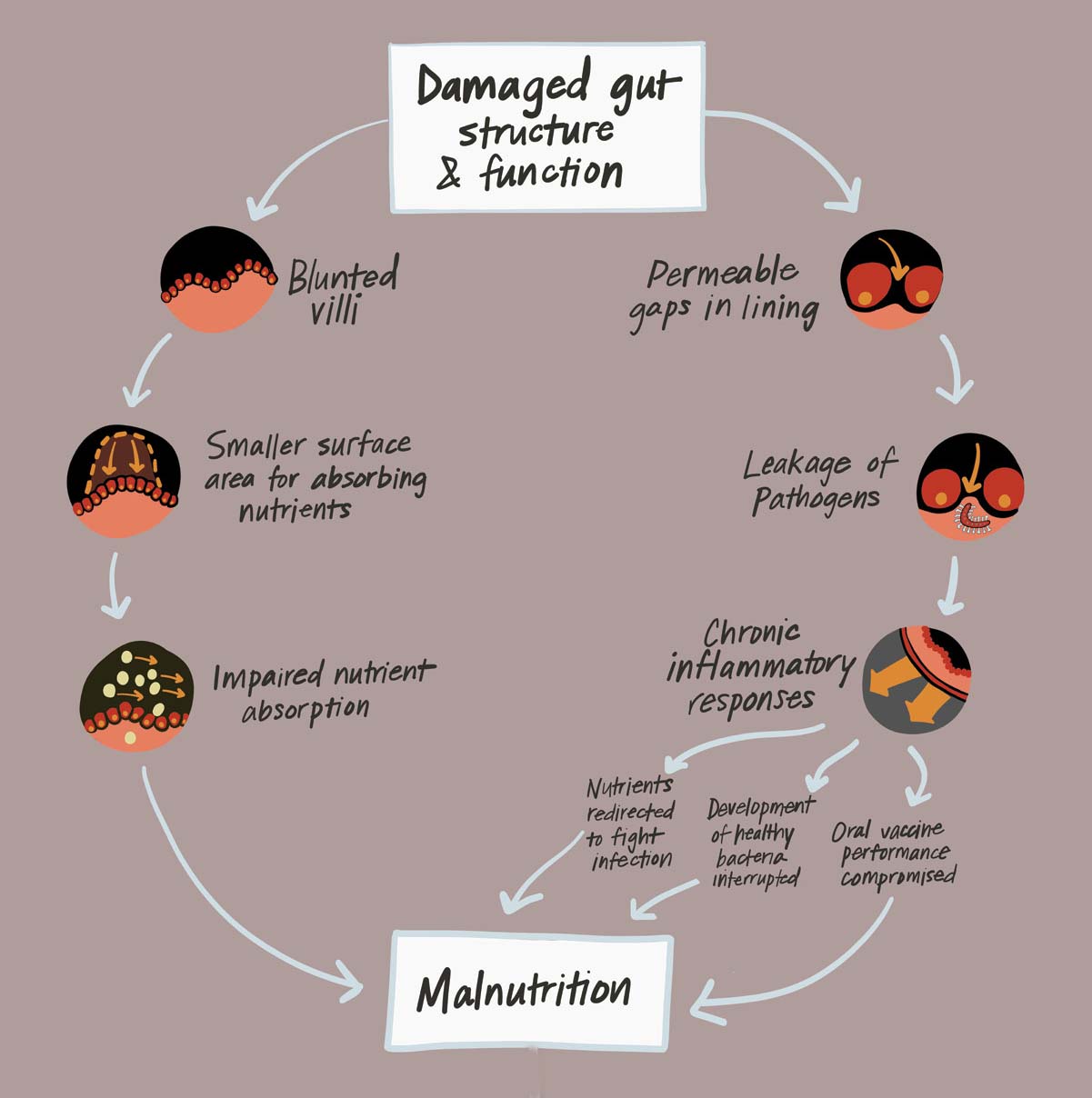
In settings where pathogens like ETEC are prevalent and medical care may be difficult to access, a vaccine offers the best hope of protection against diarrhea and its potential long-term impacts. Vaccination provides an excellent approach to avoiding cases of death and dehydration or evading the deteriorating effects of malnutrition. Importantly, preventing the disease also provides an effective means to decrease the use of antibiotics. Antibiotic use drives antibiotic resistance, representing a serious threat to the global medicine as a whole. Given the vast numbers of diarrheal cases globally, preventing diarrheal cases by vaccination will automatically decrease antibiotic consumption for children at the same time. Indeed, I hope that my work and the work of others will point us toward a successful vaccine to stop this pesky pathogen before it can cause a child long-term harm or contribute to dangerous antibiotic resistance.









